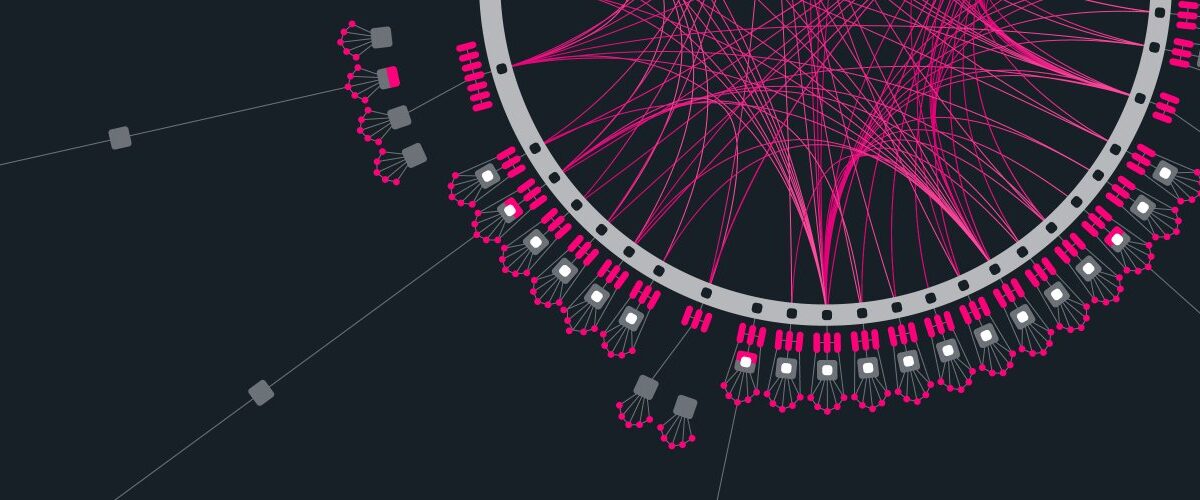BlockChain is a strong technology that has applications in a variety of industries, including bitcoin, health and insurance, government, music, identity management, supply chain, data management, and so many more.
By understanding the underlying processes that underpin blockchain technology, you can participate in the discourse and identify applications for how to build a blockchain technology in your own life and professional endeavors.
Skills to Remember
In this course, you’ll learn about the structure and attributes of the blockchain itself, as well as the individual blocks that constitute the blockchain’s structure.
You will get an understanding of the blockchain characteristics that ensure the safety of transactions between different blockchain participants.
By participating in interactive simulations, you will be able to view different parts of the blockchain and build and modify data with your own blocks.
Tips for Preparing for a Course
The majority of the material in this course does not require any prior expertise. You will, nevertheless, be able to construct a tiny blockchain library in Python, which will consist of a Blockchain class and a Block class, if you have prior Python expertise.
Add the ability to add blocks, generate hashes, and validate the chain to the code.
Steps to Build a Blockchain
- Identify a Suitable Use-case
- Identify the Most Suitable Consensus Mechanism
- Identify the Most Suitable Platform
- Designing the Nodes
- Design the Blockchain Instance
- Building the APIs
- Design the Admin and User Interface
- Adding Future Tech
Identify a Suitable Use-case
There is a great deal of excitement about blockchain technology. According to what I’ve read, blockchains have the potential to eradicate global hunger, eradicate corruption, eradicate poverty, and accomplish a whole lot more without breaking a sweat.
Identify the Most Suitable Consensus Mechanism
Proof of work was employed as a consensus method in the first blockchain, which is now used to fuel the bitcoin crypto-currency.
There are a variety of distributed ledger systems available today, each with its own set of consensus mechanisms, including Proof of Stake, Byzantine Fault Tolerance, and Delegated Proof of Stake, among others.
Identify the Most Suitable Platform
There are several blockchain systems available today, with the majority of them being free and open source. It is necessary to pick the most appropriate blockchain platform based on the consensus method you selected in step 2.
Designing the Nodes
Permissioned (like a government-run land register) or permission-less (like Bitcoin) blockchain solutions exist (e.g. Bitcoin, where anyone can become a miner).
Blockchain systems can be private (for example, a pharmaceutical company’s contract management system) or public (for example, an asset-backed cryptocurrency) (e.g., a group of banks running a shared KYC platform).
Design the Blockchain Instance
It is common knowledge that most blockchain platforms need to be meticulously configured for the following factors:
- Permission to do something
- Issuance of assets
- Re-issuing of assets etc
Building the APIs
Pre-made APIs are available for some blockchain systems, but not all of them. APIs are required for the following purposes:
- Smart contracts
- Data storage and retrieval etc
Design the Admin and User Interface
Choosing a front-end and programming language (e.g., HTML5, CSS, PHP, C#, Java/Javascript, Python/Ruby, Golang/Solidity, Angular JS Nodejs) is an important step at this point.
Adding Future Tech
The potential of your Blockchain solution may be considerably enhanced with the integration of artificial intelligence, biometrics, bots, and cloud technologies such as cognitive services and containers.
Related posts
Recent Posts
- Bitalplus.com: Technology Advantages for Experienced Traders April 19, 2024
- Purchasing Bitcoin (BTC) with Apple Pay March 18, 2024
- Beyond Speculation: In-Depth Analysis And Forecasts For Bitcoin Prices 2023-2025 February 28, 2024
- How to become a professional in Bitcoin mixing? November 16, 2023
- Your guide to enhancing the privacy and anonymity of Bitcoin transactions November 15, 2023
- Bitalplus.com: Technology Advantages for Experienced Traders
- Purchasing Bitcoin (BTC) with Apple Pay
- Beyond Speculation: In-Depth Analysis And Forecasts For Bitcoin Prices 2023-2025
- How to become a professional in Bitcoin mixing?
- Your guide to enhancing the privacy and anonymity of Bitcoin transactions
- April 2024
- March 2024
- February 2024
- November 2023
- September 2023
- August 2023
- July 2023
- April 2023
- February 2023
- January 2023
- November 2022
- September 2022
- August 2022
- July 2022
- June 2022
- April 2022
- March 2022
- February 2022
- January 2022
- November 2021
- October 2021
- September 2021
- August 2021
- July 2021
- June 2021
- May 2021
- April 2021
- March 2021
- February 2021

